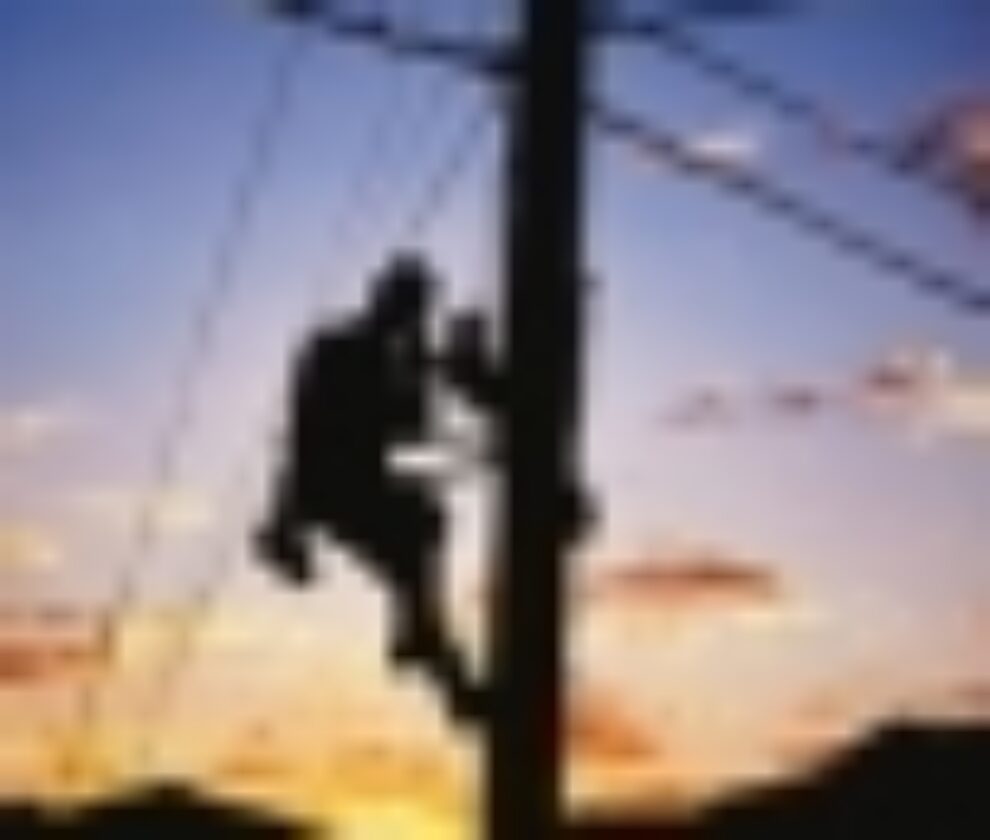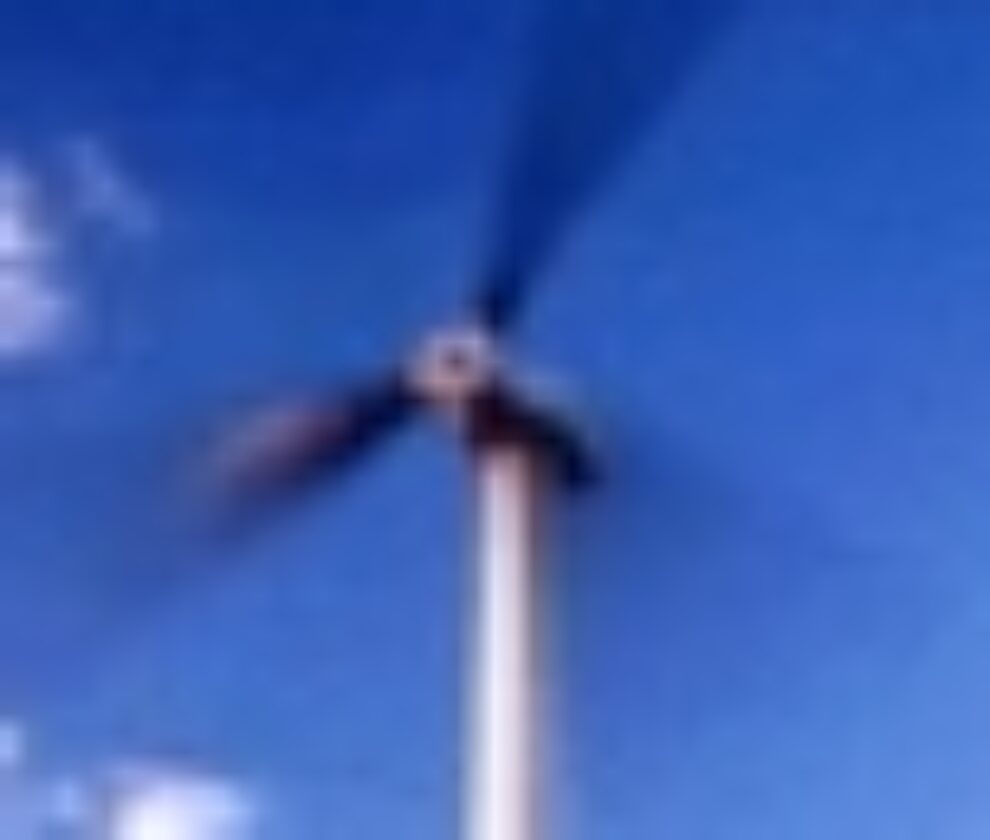On February 8, 2018, the Senate Committee on Energy and Natural Resources held a hearing on U.S. energy infrastructure. During the hearing, witness testimony made it clear that transmission is an important part of energy infrastructure, and that updating U.S. transmission networks is important to maintaining strong energy infrastructure.
Phillip Moeller, the Executive Vice President of the Edison Electric Institute and a former Commissioner of the Federal Energy Regulatory Commission, discussed the need for transmission investments to maintain existing infrastructure and to allow for a more robust, reliable system. Moeller ascribed much of transmission’s importance to its ability to provide optionality, similar to a large network of highways to alleviate traffic congestion. According to Moeller,
“A robust transmission system alleviates costly congestion, provides access to lower-cost generation, increases the reliability and resiliency of electricity delivery, and can flexibly adapt to changes in public policy and sources of electricity generation. This optionality value comes at a surprisingly small cost: on average about 11 percent of the total amount of a customer’s total electricity bill.”
Moeller also described specific ways to improve existing transmission; for instance, legislation to allow utilities to maintain more control over vegetation management could help avoid existing transmission lines from being knocked out due to storm events or overgrowth. Moreover, this ability could improve grid resilience by allowing utilities to remove obstacles to transmission faster, therefore causing faster rebounding after accidents.
John Di Stasio, the president of the Large Public Power Council, a coalition of 26 of the large largest U.S. public power systems, also spoke about the importance of transmission. Di Stasio discussed the need for new transmission infrastructure investment not as a result of load, but due to a changing resource mix. As large nuclear and coal-powered generation plants retire and natural gas, wind and solar, and distributed energy-based resources replace them, transmission will in turn need to modernize to be more flexible.
The hearing made clear that as U.S. energy infrastructure continues to change and develop, transmission components must also adapt. If investments and attention are not paid to transmission, the grid will greatly suffer—yet if it is given the consideration it requires, American energy infrastructure could greatly benefit.
Additional details about the hearing as well as links to read the full testimonies is available here.


